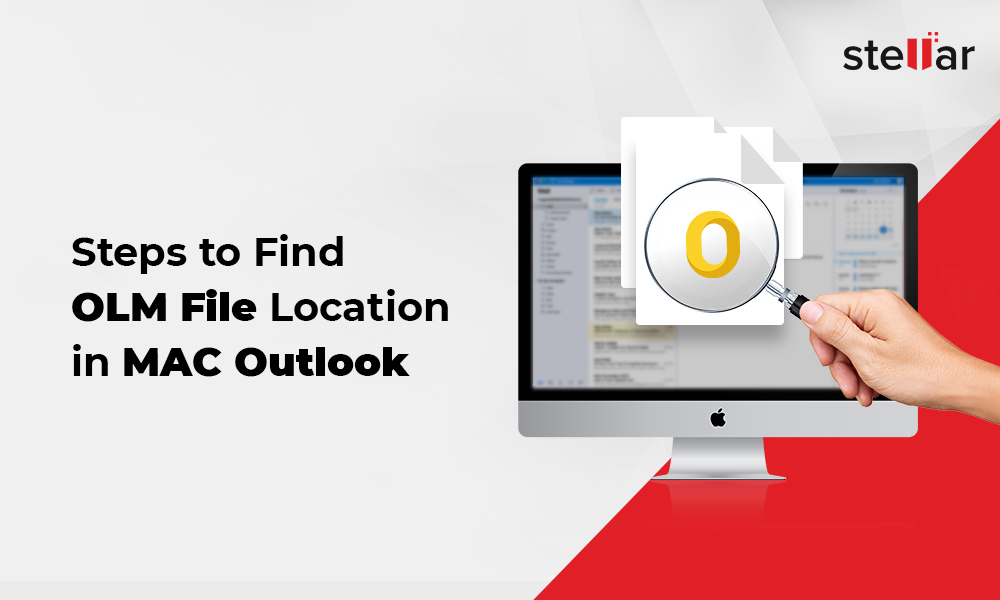
- #OFFICE 2016 FOR MAC DATA LOCATION HOW TO#
- #OFFICE 2016 FOR MAC DATA LOCATION FOR MAC#
- #OFFICE 2016 FOR MAC DATA LOCATION FREE#
Changing the location or using a mail identity that is located on an external hard disk or a network is not supported.
#OFFICE 2016 FOR MAC DATA LOCATION FOR MAC#
Like Microsoft Entourage for Mac 2008, Outlook 2016 for Mac and Outlook for Mac 2011 are intended to be purely locally cached mail clients.

~/Documents/Microsoft User Data/Office 2011 Identities Outlook for Mac 2011 caches your mail items in an identity in your home folder at the following location: ~/Library/Group Containers/UBF8T346G9.Office/Outlook/Outlook 15 Profiles Outlook 2016 for Mac caches your mail items in a profile in your home folder at the following location: Additionally, using a mail identity or profile that is located on an external hard disk or on a network is not supported in either version of Outlook for Mac. We do not recommend that you change the default location of your Profile folder for Microsoft Outlook 2016 for Mac, or your Identity folder for Microsoft Outlook for Mac 2011 to an external hard disk or to a network. Applies to: Outlook 2016 for Mac, Outlook for Mac for Office 365.Once you have collected logs of reproduced issues you can contact Support and provide those logs for troubleshooting.Outlook for Mac is a locally cached email client In Outlook for Mac 2011 version 14.2.5 and later versions and in Outlook 2016 for Mac, every time that you quit and start Outlook when logging is enabled, a new log file is created. in Outlook for Mac 2011 version 14.2.4 and earlier versions, data was appended to the same log file for every Outlook session.

This folder is located under the Users folder on the root of the hard disk. the character combination ~/ in the Location column in this table refers to the Home folder of the user.
#OFFICE 2016 FOR MAC DATA LOCATION HOW TO#
~/Library/Containers// Data/Library/Logs/ How to move an Outlook data file (pst) to a new folder and configure Outlook to. ~/Library/Group Containers/ UBF8T346G9.Office/OfficeLogging/ The following table below describes location of log files depending on the version: Outlook for Mac edition Log files location is different depending on the edition and version of Outlook for Mac in which the logs were being collected.
#OFFICE 2016 FOR MAC DATA LOCATION FREE#
If you need to leave logging enabled for several hours (or days) make sure that you have enough amount of free hard-drive disk space. If logging is not switched off, the log files size will continue to increase and may occupy all free hard-drive disk space. The minimum supported macOS for Office 2016 for Mac is 10.10 (Yosemite). It will be supported with security updates and bug fixes, as needed, until October 13, 2020. Note: it is very important to disable logging once you have reproduced the issue or finished troubleshooting. Office 2016 for Mac is a version of Office that’s available as a one-time purchase from a retail store or through a volume licensing agreement. If you want to capture issues that occur when Outlook starts or issues with Autodiscover, then you need to restart Outlook once logging was enabled. Once logging is enabled, you should reproduce the issue and then disable logging by returning to Errors window and switching off logging option.


The all-new MSQuery in Excel 2016 for Mac. Once it’s filled out, the newly redesigned MSQuery launches. On the Data tab, simply select New Database Query > SQL Server ODBC, and you are presented with a simple connection dialog. This article shows how to enable logging in Outlook 2011 for Mac and Outlook 2016 for Mac. With Excel 2016 for Mac, creating a connection to SQL Server is easier than ever.


 0 kommentar(er)
0 kommentar(er)
